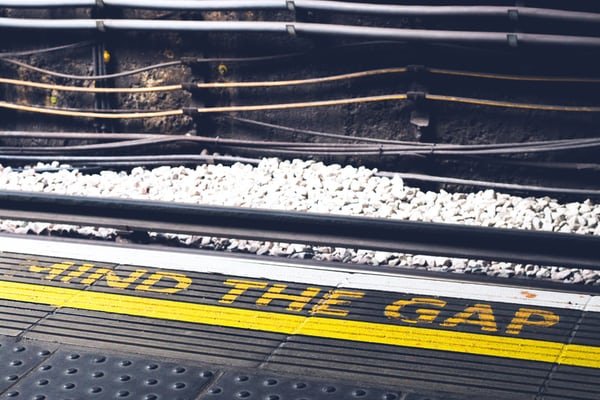Home › Market News › [VIDEO] Trading Gaps – The Coach’s Playbook
A common misconception among traders is that price gaps always get filled. While it’s true that they often do, there are also a great many that don’t. It’s not a written rule that price gaps need to be closed, but it’s reasonable to assume that they eventually will be. It might only take a day or a week, but it could take up to month, or even a year. Markets tend to rotate back and target areas of structural weakness. This week, the Topstep Coach’s dive into the nuances of day trading around price gaps in the futures markets.
As we get closer to paying out $2,000,000 in withdrawals, we would like to give a special shout to Funded Trader Joey B. who squared up against the wide swings in the Nasdaq-100 futures early this week to haul in a mammoth $5k trading day. It’s not easy to hang in there and make a comeback after taking a few licks, so we would like to give credit when credit is due!
There’s never a wrong time to get started on your path to becoming a professional trader. Here’s the best part, with Topstep, you don’t have to risk your own hard-earned money to get in on the action. Show us what you’ve got, and we’ll stake you with trading capital.
Gaps occur when price fails to overlap the previous day’s trading range, leaving a void between the opening price of the following session and the prior days high or low. A gap can be beneficial in identifying a number of price patterns, including trends, consolidations, continuations, and reversals.
The four most common types of gaps are pattern, breakaway, measuring, and exhausting.
Pattern Gap: This is the most common type of gap and usually happen within areas of congestion. Pattern Gaps are typically closed within 2-3 trading sessions, and most often indicate consolidation in price.
Breakaway Gap: At the beginning of a new trend, a Breakaway Gap may occur when a previous trendline is breached. When this type of gap is made on higher volume, it’s possible the new trend will continue without closing the gap.
Measuring Gap: This type of gap is often produced mid-trend and represents a continuation in price direction. Measuring gaps tend not to be closed until a change in trend occurs.
Exhaustion Gap: This gap develops when a trend has hit it’s peak or trough and represents the end of a directional move. Blowoff tops and bottoms are often formed by Exhaustion Gaps and can sometimes be followed by Breakaway Gaps.
Gaps are very common and can occur on pretty much any timeframe. Some chart purists will only look for gaps during regular trading hours, not taking the overnight session into account. While others will strictly look for gaps throughout the entire cycle of the trading day. The important thing is knowing how to tell what each type of gap represents; reversal, continuation, or consolidation.
Trade Well!
